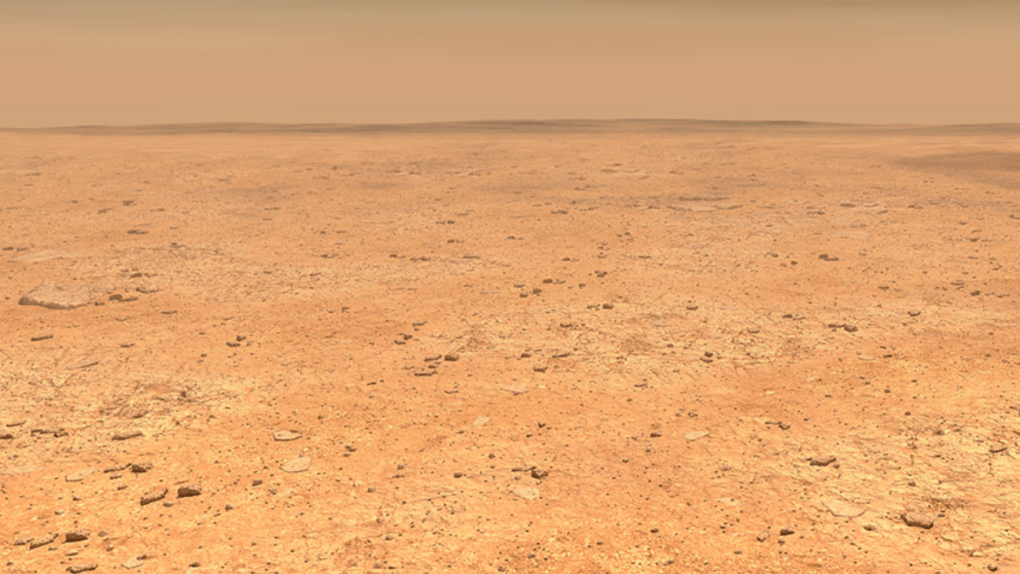- Mars used to have a thick, robust atmosphere, or at least that’s what scientists think they know about the history of the Red Planet.
- Solar wind — the outflow of particles from the Sun — is thought to have stripped away the planet’s atmosphere over the course of hundreds of millions or even billions of years.
- New research suggests that while the vast majority of Mars’ atmosphere was lost to space, some of the particles may have ended up on the surface of the Martian moon Phobos.
Today, Mars is a dusty, almost entirely dry wasteland of a planet. There’s no life that we know of, very little water (most of it in the form of ice locked away near the planet’s poles), and an atmosphere that is only a tiny fraction as robust as Earth’s. If we rewind time a couple of billion years, we might see Mars in a very different light, with a thick atmosphere and perhaps even lakes, rivers, and an ocean that may have supported life.
Over time, the Sun slowly stripped away the atmosphere of Mars, scientists believe. The majority of the atmosphere was lost to space, but a tiny bit of it may have ended up on the surface of the Martian moon Phobos. Phobos, which is an oblong, crater-covered moon measuring just 27 kilometers across at its widest point, might be just the right place if we want to learn more about the history of the Red Planet it orbits.
As NASA highlights in a new article, Phobos was the subject of a research paper published recently in Nature Geoscience. In that paper, researchers argue that it may be possible that ions from the atmosphere of Mars were stripped away from the planet and, because Phobos was in the right place at the right time, those ions may be embedded in the surface material of the oddly-shaped moon.
“We knew that Mars lost its atmosphere to space, and now we know that some of it ended up on Phobos,” Quentin Nénon, lead author of the study, said in a statement. “With a sample from the near side, we could see an archive of the past atmosphere of Mars in the shallow layers of grain, while deeper in the grain we could see the primitive composition of Phobos.”
The researchers made this discovery thanks to data from MAVEN, which is a spacecraft that is currently orbiting Mars and frequently passes by the planet’s moons. Using the ultra-sensitive instruments built into MAVEN, the team was able to measure ions that are currently orbiting Phobos. By calculating their mass, the researchers were able to determine that some of the ions originated around Mars, rather than the Sun, supporting the idea that Phobos may hold a record of atmospheric changes on Mars itself.
Of course, to actually study this in greater detail, a mission would need to be launched to sample Phobos. With NASA only just now preparing to collect samples from Mars itself for study back on Earth, it might be a while before the space agency gets around to sampling Phobos.








